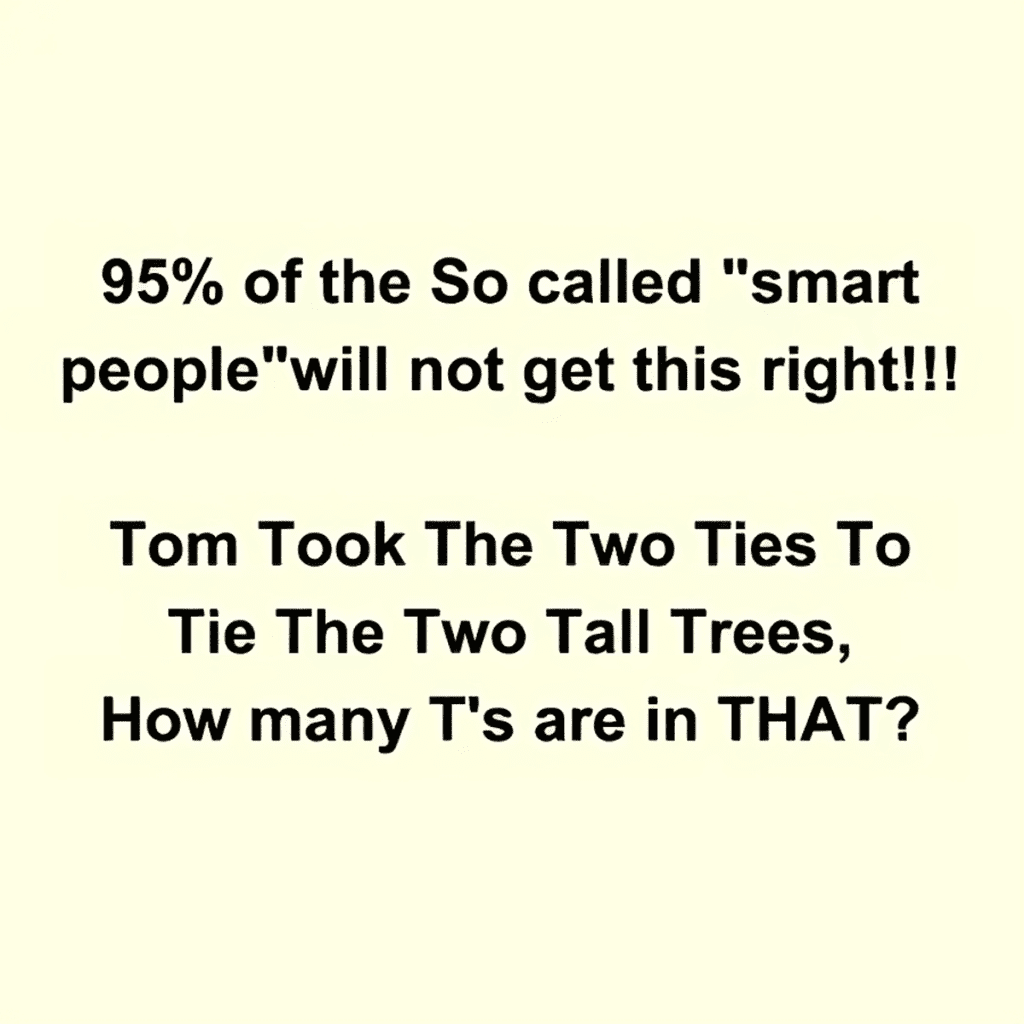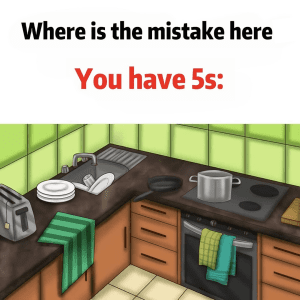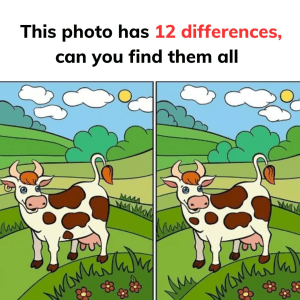Have you ever encountered a riddle that seems deceptively simple, only to find yourself caught in a web of wordplay? This is precisely the case with the classic riddle, “Tom Took The Two Ties To Tie The Two Tall Trees, How many T’s are in THAT?” The answer, seemingly straightforward, lies in the subtle trickery embedded within the question itself.

The Riddle Unveiled: A Deceptively Simple Question
Understanding the Riddle’s Structure
At first glance, the riddle appears to be a straightforward counting challenge. Most people instinctively begin counting the number of “T’s” in the sentence “Tom Took The Two Ties To Tie The Two Tall Trees.” It’s easy to get caught up in counting each “T” in the sentence, leading to answers like eight or nine, depending on how you count. But the riddle’s true trick lies in the final question: “How many T’s are in THAT?”
The Trickery of Language: Misleading Focus
Why the Question is More Than It Seems
The riddle is designed to mislead by focusing your attention on the longer sentence, which distracts you from the real question. The key lies in the phrase “How many T’s are in THAT?” The word “THAT” itself contains exactly two “T’s”—one at the beginning and one at the end. The entire riddle is a clever play on the assumption that you’re supposed to count all the T’s in the phrase before, while the real answer is hidden in plain sight.
The Power of Wordplay: A Mental Gymnastics Exercise
Engaging the Mind in Critical Thinking
This riddle is a perfect example of how language can be used to play tricks on the mind. It teaches a valuable lesson in the importance of paying close attention to what is being asked. The riddle forces us to engage in mental gymnastics, leading us away from the straightforward answer. It’s a playful reminder that sometimes, the most obvious answer is the one we overlook because we’re too focused on something else.
Why We Fall for the Trick: The Nature of Assumptions
Exploring Why Our Minds are Deceived
The reason so many people fall for this riddle is that it plays on our natural tendency to assume complexity where there is none. The riddle presents a challenge that seems to require effort and focus, leading us to believe the solution must be hidden in the details of the longer sentence. However, the real trick lies in breaking away from that assumption and considering the question from a different angle. It’s a reminder that sometimes, overthinking can lead us away from the simple truth.
The Appeal of Simple Yet Clever Riddles
Why This Riddle Captivates Audiences of All Ages
Riddles like this one are popular because they engage both children and adults in a fun and thought-provoking way. They serve as an exercise in critical thinking, encouraging us to pay attention to detail and question our assumptions. This particular riddle also demonstrates the versatility of language—not just as a tool for communication, but also as a medium for entertainment and intellectual challenge.
The Lesson Behind the Riddle: The Importance of Critical Thinking
Applying the Riddle’s Lesson to Everyday Life
Beyond its playful nature, this riddle offers a valuable lesson in navigating the complexities of language. It reminds us that words can be deceptive and that they can be used to mislead and manipulate. It encourages us to be mindful of the language we use and to be critical of the information we receive. By honing our critical thinking skills, we can better navigate a world full of complex ideas and tricky questions.
Conclusion
The riddle “Tom Took The Two Ties To Tie The Two Tall Trees, How many T’s are in THAT?” is a testament to the power of wordplay and the importance of critical thinking. It’s a reminder that sometimes, the simplest answer is the most overlooked, and that language can be a powerful tool for both amusement and deception. So, next time you encounter a seemingly simple question, take a moment to pause, think critically, and consider the possibility of a hidden trick. You might just be surprised by the answer.


